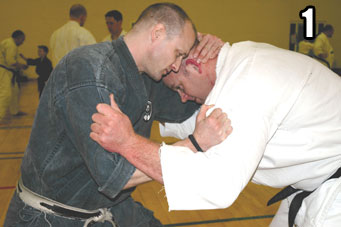Taiji Rebel
2nd Black Belt
What is your natural stance?
The martial arts train us in a variety of stances to improve our strength and balance. A lot of static poses are used to teach correct posture and body alignment for maximum power. Once we begin sparring and moving with a partner it becomes more difficult to maintain a strict stance.
Do you have a preferred stance or method when you are in motion, or do you just allow the body to fall into whatever stance comes naturally in the moment?
The martial arts train us in a variety of stances to improve our strength and balance. A lot of static poses are used to teach correct posture and body alignment for maximum power. Once we begin sparring and moving with a partner it becomes more difficult to maintain a strict stance.
Do you have a preferred stance or method when you are in motion, or do you just allow the body to fall into whatever stance comes naturally in the moment?

